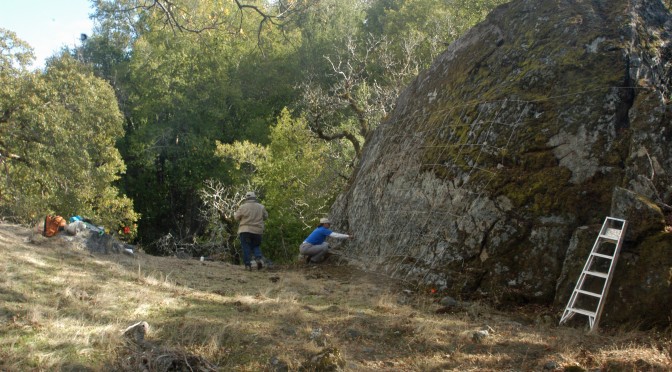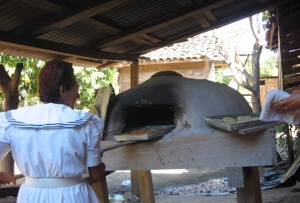The National Park Service defines a cultural Landscape as: “A geographic area, including both cultural and natural resources and the wildlife or domestic animals therein, associated with a historic event, activity, or person or exhibiting other cultural or aesthetic values.”
Cultural Resources Management (CRM) involves identifying, evaluating, and preserving cultural resources, which are those parts of the environment, material culture, and expressive folklife to which people ascribe significance because of its association with the practice or beliefs of a living community.
Cultural landscape studies identify multiple interests and issues; and combine not only tangible evidence of an important historical event, but also speaks to the intangible qualities of the times through the telling of the everyday life of the people involved.
It is the sheer scope of space to be protected that determines the extent of consultation and documentation. Cultural landscapes, more than a single site or monument, will have to consider the interests of many more stakeholders.
A Cultural Landscape Study of Key Heritage Areas in Guanacaste Province, Costa Rica
Abstract: The central portion of the western corridor of Guanacaste has significant heritage areas to be identified. It is crucial to recognize the area’s cultural resources in the face of rising international tourism. Cultural landscape studies such as this allow multiple interests and issues to be addressed and combine not only tangible evidence of an important historical event, but also speak to the intangible qualities of the time through the telling of the everyday life of the people involved. Identifying heritage areas is important for both academic research and the hopeful promise of contemporary heritage management. This investigation incorporates field research of the region, contextual research regarding the role of the built and manipulated landscape in the events for which they are significant, cursory oral histories, translations of traditional Guanacaste music, maps, and a photographic survey.

